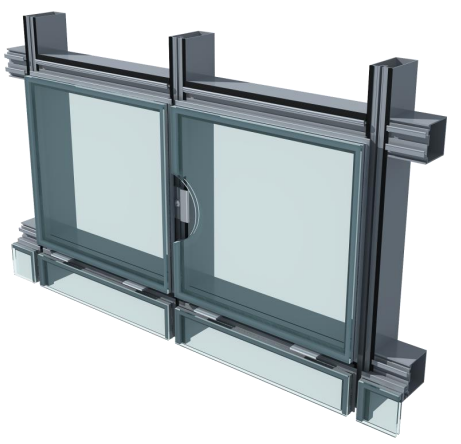

Understanding Order Tempered Glass A Comprehensive Guide
Tempered glass, also known as toughened glass, is a type of safety glass that has been created through a process of extreme heating and rapid cooling. This method enhances its strength compared to standard glass, making it a popular choice for various applications, particularly in architecture and interior design. In this article, we will delve into the significance of ordering tempered glass, its manufacturing process, applications, and considerations to keep in mind when placing an order.
What is Tempered Glass?
Tempered glass is produced by heating standard glass to temperatures around 620 to 660 degrees Celsius (about 1148 to 1220 degrees Fahrenheit). Once the desired temperature is reached, the glass is rapidly cooled with air jets. This process increases the strength of the glass and makes it more resistant to thermal and physical stress. When broken, tempered glass shatters into small, blunt pieces, significantly reducing the risk of injury compared to ordinary glass, which can break into sharp, dangerous shards.
Benefits of Ordering Tempered Glass
1. Safety One of the most significant advantages of tempered glass is its safety features. Its breakage pattern reduces the chances of injury, making it ideal for areas where safety is paramount, such as shower doors, glass tables, and facades.
2. Durability Tempered glass is more resistant to impact and thermal shock than regular glass. This durability makes it suitable for both indoor and outdoor applications where exposure to varying environmental conditions is a factor.
3. Aesthetic Appeal With its enhanced clarity and sleek finish, tempered glass adds a modern and elegant touch to any space. It is widely used in commercial and residential designs to create partitions, balustrades, and glass walls.
4. Energy Efficiency When combined with low-emissivity (low-E) coatings, tempered glass can enhance energy efficiency by minimizing heat transfer and improving insulation.
Applications of Tempered Glass
The versatility of tempered glass means it can be utilized in a multitude of settings

- Architectural Glass Often used in building facades, skylights, and windows, tempered glass helps to enhance the structural integrity of a building while allowing for natural light. - Automotive Glass Side and rear windows in vehicles are typically made from tempered glass, providing safety and durability.
- Shower Enclosures Many modern bathrooms feature shower doors made of tempered glass, combining safety with a stylish aesthetic.
- Furniture Tempered glass is commonly used in tabletops, shelving, and other furniture pieces, offering a modern look while ensuring safety.
Considerations When Ordering Tempered Glass
When placing an order for tempered glass, there are several factors to consider
1. Specifications It's crucial to have detailed measurements and specifications to ensure the glass fits correctly in your intended space. Consider thickness, size, and the specific type required for your application.
2. Quality and Certification Always source tempered glass from reputable manufacturers. Look for products that meet safety standards and regulations, ensuring quality and reliability.
3. Configuration Depending on your needs, you may require additional treatments or finishes, such as tints or coatings for UV protection.
4. Installation Proper installation is key to ensuring the performance and longevity of tempered glass. It is advisable to hire professionals who specialize in glass installation to avoid common pitfalls and guarantee safety.
Conclusion
Ordering tempered glass involves understanding its properties, benefits, and potential applications. With its exceptional safety features and versatility, tempered glass is an excellent choice for enhancing both aesthetic and functional aspects of architecture and design. By considering the relevant factors before placing an order, you can ensure that your tempered glass meets your specific needs and contributes positively to your project's overall success.